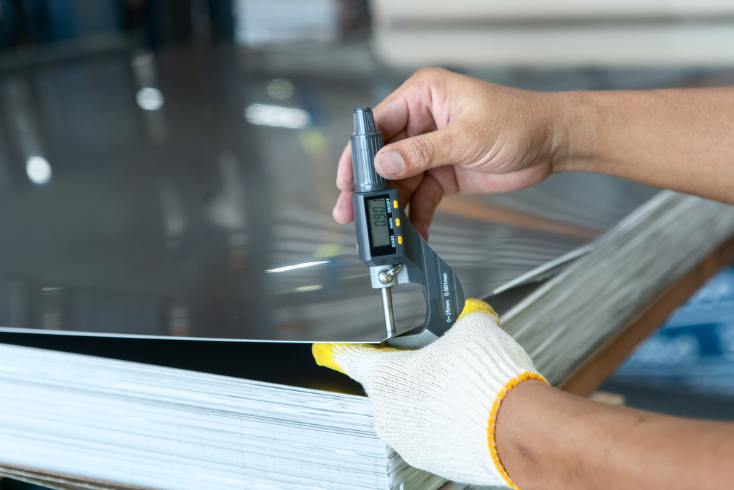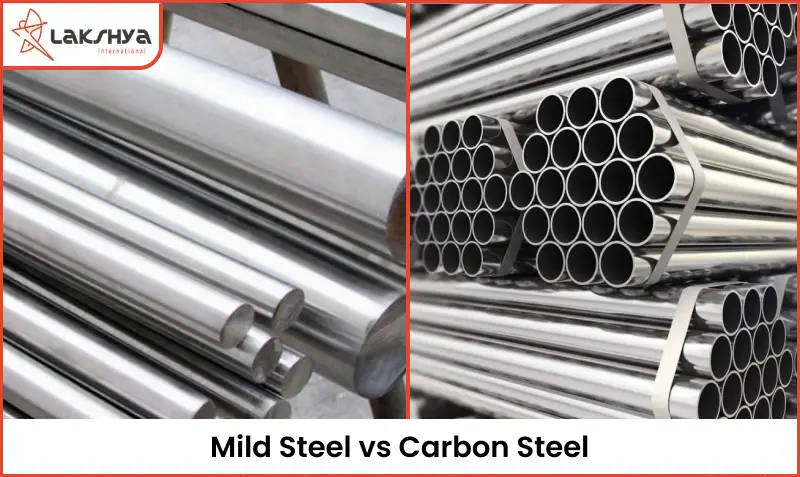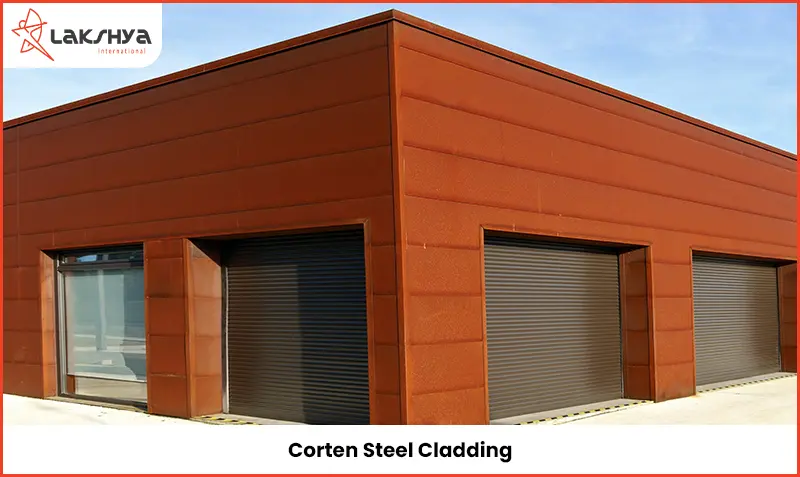Metal thickness is a crucial factor in any production process. It is crucial to almost all metal forming processes, including welding, fabrication, and finishing. The primary factor influencing any metal’s thickness is its intended function. The discovered metal sheets range in thickness from 6mm for the thickest to 0.5mm for the thinnest.
Sheet Metal Thinning Processes
To obtain the necessary size, sheet metal is thinned. Sheet metal can be thinned to the exact dimension needed for an application. To make the metal foil, metal sheets can still be thinner than 0.5 mm at their thinnest point. Metal foil is the thinnest type of sheet metal. The following techniques can be used to perform the challenging reduction of the sheet metal:
Cold and Hot Rolling
Metal sheet thickness can be uniformized and decreased through the rolling. In order to achieve the appropriate consistency, a set of rolls are used using sheet metal. How this process operates is determined by the temperature ranges. The temperature at which steel is hot rolled is approximately 1400F. At this temperature, sheet metal can be thinned to 1/16th of an inch.
Rollers are used in mills to roughly achieve the final thickness by decreasing the thickness of the metal while lengthening its overall length. The temperature plays a critical role in the rolling processes. It establishes the sheet thickness and surface finish quality.
Cold rolling is the best method for producing sheet metal for specific uses. Most metalworkers use cold-rolled steels because they are easy to handle in terms of final dimensions. Due to some contraction after cooling, steel may take on different shapes during hot rolling.
Ironing
Ironing is a different way to thin metal, and it’s used to thin out specific areas of the sheet metal rather than the entire thing. In order to achieve a uniform wall thickness, precision production is helpful. Ironing is a further essential step in the creation of soda cans. They can wall thickness must be lowered to the necessary level. To achieve the desired thickness, soda cans are typically ironed in two or three steps using different dies. This procedure may be combined with deep drawing.
Deep Drawing
Through the use of circular tension and tangential compression, this metal shaping technique reduces the size and shape of the sheet metal. Flat sheet metal is deeply drawn into hollow cylindrical or box-shaped vessels. The vessels may have a combination of straight, curved, and tapering sides or straight, extended sides. The diameter of the created vessel is reduced while its length is increased through a series of dies. This happens when the wall thickness varies only slightly.
Why Thin Sheet Metal?
This sheet metal serves a multitude of purposes in addition to being strong and long-lasting. It is a useful asset in all industrial applications and a sensible choice for many. Thin sheet metal can be used to permanently remedy the majority of issues due to its durability. The majority of sheet metal products need little to no maintenance, unlike metal plates, which need additional care through welding.
Read More :
What Makes Stainless Steel Non-Magnetic?: Stainless steel is a type of metal that doesn’t rust or break down easily. It is also not magnetic, which means a magnet won’t stick to it. But what is it that doesn’t make stainless steel magnetic? Let’s find out what this has to do with science.
Features and Advantages of Hardox 400 Plates: Hardox 400 is a high-quality material that can be used for many different things. Hardox 400 lasts a long time and protects against corrosion, which makes it useful in a wide range of applications where there are many different kinds of environmental stresses, such as those caused by mechanical stress or exposure to the environment.




